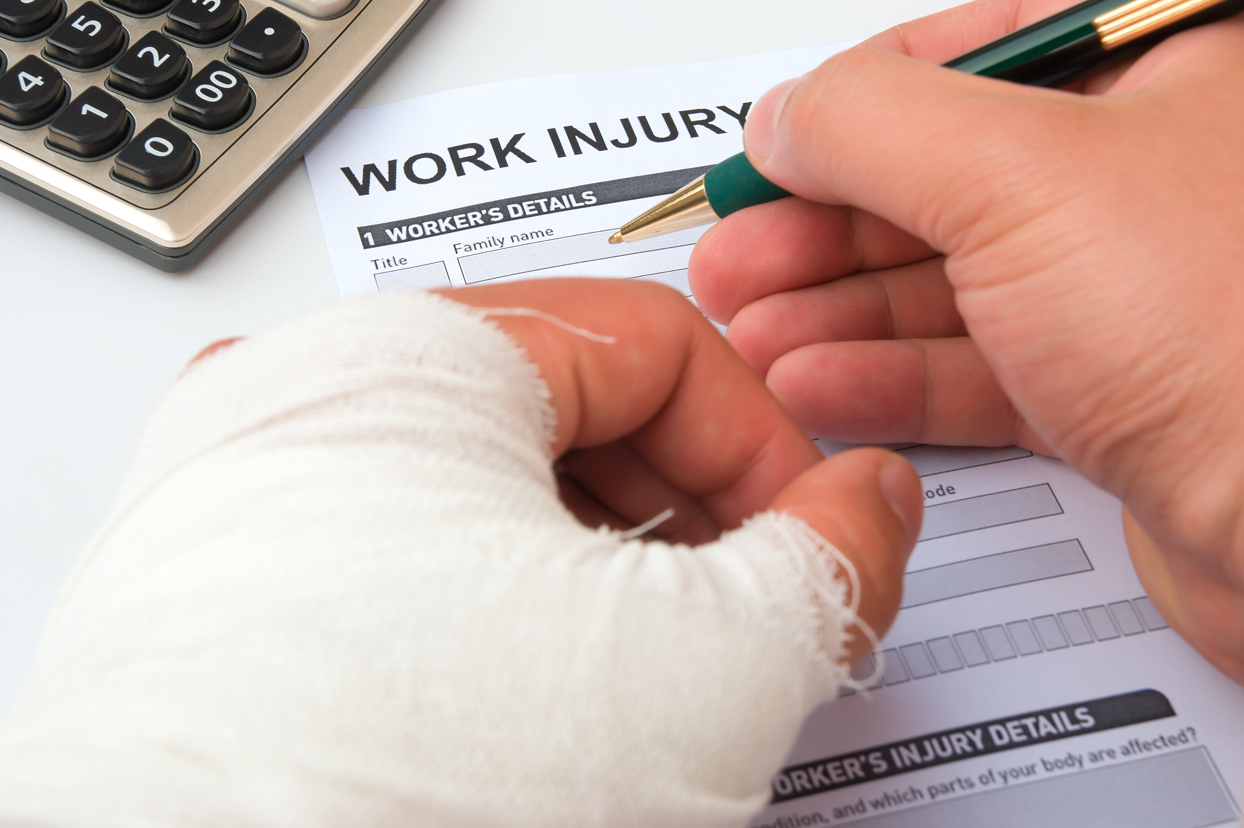January 3, 2014
Minnesota Supreme Court reverses appeals court's Dykhoff decision
For a work injury to be eligible for workers' compensation benefits, Minnesota law states it must "arise out of" and "in the course of" employment.
In a decision filed on Dec. 26, 2013 , the Minnesota Supreme Court extensively discussed the proof necessary for an employee to satisfy those requirements, and ultimately reversed the ruling of the Minnesota Workers’ Compensation Court of Appeals.
Court case: Is slip-and-fall injury in office eligible for workers' comp?
The Dykhoff v. Xcel Energy case concerned an employee who worked as a journeyman electrician. She usually worked from a desk monitoring power lines and wore jeans or casual clothing for work. Her employer required her to attend a training session at the general office, which required her to wear dress clothes. The employee wore a nice shirt and pants, and shoes with 2-inch heels.
As she was walking to the conference room, she fell and injured her left knee. She did not trip, but described the floor as slippery with a highly polished surface. She had walked back and forth across the same area of the floor just before her fall without incident and confirmed there was no incline, no debris, and the floor was not wet.
The employer took photos of the area, showing scuff marks on the floor near where the employee fell. The scuff marks were consistent with the color of the heels she was wearing. At a hearing, the employer submitted results from tests performed after the incident, showing the “coefficient of friction” (slipperiness of the floor) was within Occupational Safety and Health Administration (OSHA) specifications.
Compensation judge denies claim, appeals court reverses denial
The compensation judge denied the employee’s claim for workers’ compensation benefits, finding that the employee did not prove her injury was caused by an increased risk related to her work activities. On appeal, the Workers’ Compensation Court of Appeals reversed the compensation judge's ruling, applying a “balancing test” to assign greater weight to the “in the course of” aspect of the injury. Consequently, the appeals court found the employee’s knee injury to be compensable under the Minnesota Workers’ Compensation Act.
The employer asked the Minnesota Supreme Court to review the matter, with the only issue concerning whether the employee’s injury arose out of her employment, as it was undisputed the incident took place in the course of Dykhoff’s employment.
Supreme Court analyzes denial
The employee did not argue that she was exposed to a special hazard at work, but instead claimed she was injured while walking from one area to another at work. The Supreme Court noted that the hazard need not be obvious in order to be a risk that was more than the employee faced in her everyday life.
The compensation judge made a finding of fact that the floor on which the employee fell was not hazardous, and the judge declined to adopt the employee’s impression that the floor was slippery. The judge noted that the employee’s shoes “were an equally plausible explanation” for the employee’s slip and fall. The Supreme Court agreed that the record supported the compensation judge’s findings, and the decision on whether an injury arises out of employment is a fact question, not a question of law.
The court discussed a variety of risk tests used to analyze compensability — street risk, positional risk — but focused the discussion to the case at hand: an injury occurring on the employer’s premises.
The opinion stated:
“We have declined to ‘make the employer an insurer against all accidents that might befall an employe[e] in his employment.’ [citation omitted] Accordingly, we require more to satisfy the ‘arising out of’ requirement in section 176.021, subdivision 1, than simply an injury occurring at work. [citations omitted]”
Applying the increased risk test to the facts of the Dykhoff case, the Minnesota Supreme Court agreed with the compensation judge that the injury did not arise out of employment, and reinstated the decision denying the employee’s claim for benefits.
What makes a work injury compensable in Minnesota?
Here’s a breakdown of what “arising out of” and “in the course of” mean.
‘Arising out of’ employment
Arising out of employment requires an employee to show that the injury is caused by his or her employment activities. The concept often is evaluated in the context of an increased risk relationship to employment.
In other words, does the employee's job expose the employee to an increased risk of harm over that which a general member of the public faces? The test is not black and white, and often disputes arise in parking lot or ingress/egress cases. Idiopathic injuries (injuries that arise spontaneously) would not satisfy the "arising out of" employment requirement, if they are truly personal to the employee without any causal relationship to employment (for example, a heart attack, stroke or seizure that occurs at work with no aggravating factors related to work).
"In the course of" employment
The second half of the primary liability analysis requires the employee to show the injury occurred:
- During time of employment
- At a place related to work activities
- Under circumstances that the employee was executing duties on behalf or for the benefit of the employer
The "in the course of" element often is the subject of disputes when injuries occur while the employee is traveling or while the employee is on break. If the employee is injured while engaged in a "personal comfort" activity such as using the restroom or taking a brief drink or snack break, the courts typically will consider such an injury "in the course of" employment.
Tip for employers: Details of work injuries help determine liability
When interviewing the employee or witnesses following an injury that raises questions regarding either of these liability elements, confirm the time, place and circumstances of the injury in detail. For example, if an employee falls in a parking lot, you would need to know:
- When did the employee fall?
- Was it during a break?
- Was it before or after the shift?
- Why was the employee in the lot?
- What path did the employee take to get there?
- Was the employee carrying anything?
- What caused the employee to fall?
Consider taking photos of the area where the injury occurred. The more information you get at the time of the injury, the better informed your claims adjuster and/or attorney will be in analyzing the initial compensability of the claim.
This is not intended to serve as legal advice for individual fact-specific legal cases or as a legal basis for your employment practices.





